[Editor’s note: There’s no doubt that one of the fastest growing ways to lose the trust of clients, business partners, or investors is to put their information at risk. Security events create damaging headlines constantly today, and making certain your systems are safe, secure, and protected (as much as possible!) against an attack plays a real role in keeping your reputation intact. We thought our readers might find this post, from the InfoSec Risk and Compliance experts at ReciprocityLabs, useful in understanding more about how these two areas intersect.]
Building your company’s reputation takes years. Nonetheless, what you struggled to grow for years can get irreparably tarnished by one unfortunate headline after a security event. The most significant risk to your company’s standing in the industry and its market value is reputational risk. You should effectively access and manage risks that can threaten the viability and success of your company.
It requires continuous focus and effort to safeguard your corporate reputation. Likewise, how you respond to a cyber or physical attack significantly impacts the event’s severity. Developing and sustaining a solid reputation is essential to all organizations, particularly those that offer critical infrastructure services. Today, corporate boards of directors’ focus on security issues. Therefore, it doesn’t come as a surprise that protecting an organization’s reputation after a cyber-attack is of significance.
Meeting Core Commitments for Reputation Management
Your company’s reputation is built over a long time. It is also determined by how well you meet several core commitments. These include value provided to customers, reliability and safety of your products and services, positive customer experiences, and surpassing stakeholders’ financial expectations. Entwined with these core expectations is your mandate to protect the security and confidentiality of personal data as well as providing a secure and safe experience for employees and customers.
Cyber Breaches Are Here with Us
In recent years, there has been a growing concern about the frequency of data exfiltration and cyber breaches. As a result, the public’s tolerance towards cybersecurity inattention has waned. Currently, it’s no longer a case of whether your company will get exposed to a data breach, but rather when that will happen. In 2018, there was a record number of data breaches across all industries. Companies have been upping their cybersecurity game, but hackers have equally refined their attack techniques.
Going by the recent cyber-attack at Equifax, it’s now common knowledge that failure to manage a crisis effectively has a devastating effect on a company’s reputation. You must implement an effective risk management strategy to address such critical risks irrespective of the size of your company. Technology evolves at a pace that is difficult for companies to match, leave alone surpassing. In the case of cyber risks, it’s a matter of technological advancements outpacing security protections that companies have in place.
Stakeholder perceptions towards emerging risk factors such as cybersecurity can significantly affect an organization’s reputation. Whenever negative attitudes towards a company arise, its reputation is likely to wane. This, in turn, leads to a loss of company value and stakeholder support. Recent cyber breaches affecting financial institutions, retailers, and other high-profile organizations clearly illustrate that companies of all sizes face risks. These risks can suddenly propel the organization into global headlines that can create complex enterprise-wide events that can affect their reputation.
Mitigate Risks to Sustain Your Reputation
It’s easier to manage and mitigate some risks more than others. Management teams ought to meet before a crisis so that they can evaluate potential events and issues while under no constraint. Once you identify risks that you should be managing, you can start implementing strategies for preventing their occurrence. To effectively do this, collaborations across all functions is necessary. All impacted shareholders should also be consulted so that the management team establishes a formal framework for:
- Identifying potential events that can affect your company’s reputation
- Analyzing events based on the likelihood of their occurrence and severity of their impacts
- Evaluating your organization’s readiness to avert a threat and minimize its effects
- Prioritizing risks for their importance
- Mitigating risks with regard to their significance and enhancing organizational readiness
- Monitoring risks.
When you deploy these risks mitigation strategies, you will significantly minimize reputational risks. However, there isn’t a single solution that eliminates all risks that are associated with a cyber-security event. It’s advisable to leverage crisis management skills and tools that can help you mitigate reputational harm in case a crisis occurs.
Traditionally, the reputation of an organization was best on several public interactions. Nonetheless, when a risk materializes into an actual attack, your reputation can be affected by;
- Response Time. In today’s digital world, news of a cyberattack always spread like bushfire. Response paralysis leads to the formation of a costly and dangerous information vacuum, which anyone can fill. Once a breach hits you, ensure that you respond on time.
- Mitigating Fear, Doubt, and Uncertainty. A critical aspect of a post-crisis management strategy is reducing fear, doubt, and uncertainty. Accurate and timely insights can eliminate the blatant lies that often emerge following a crisis. After an event, you should avail a high-level report explaining what happened. The report should be fact-based and well-articulated.
Every company should enhance its ability to safeguard its reputation. You should implement a strategy for measuring and monitoring your company’s reputational risks. Similarly, you should stay active and vigilant so that you provide safeguards for preventing reputational loss.
 Let me be very clear – I do not believe anyone on Audi’s team had anything but the most innocent of intentions. However, that’s not enough today. Perception is reality, and it’s easier than ever for the reality those perceptions create to result in serious harm to your reputation.
Let me be very clear – I do not believe anyone on Audi’s team had anything but the most innocent of intentions. However, that’s not enough today. Perception is reality, and it’s easier than ever for the reality those perceptions create to result in serious harm to your reputation.









 With coronavirus news disrupting business across the globe, we’ve been asked by quite a few clients, colleagues and friends what exactly they should be doing about a couple common areas of concern. Due to this interest, we felt it would be a good topic to cover here in our next edition of
With coronavirus news disrupting business across the globe, we’ve been asked by quite a few clients, colleagues and friends what exactly they should be doing about a couple common areas of concern. Due to this interest, we felt it would be a good topic to cover here in our next edition of 


 While nobody wakes up in the morning eager to face a crisis, it only takes one look at the headlines today to see that crises can (and do!) come out of nowhere. They impact organizations of all shapes and sizes, from small local charities or “Mom and Pop” operations to global Fortune 500 companies and everything in between.
While nobody wakes up in the morning eager to face a crisis, it only takes one look at the headlines today to see that crises can (and do!) come out of nowhere. They impact organizations of all shapes and sizes, from small local charities or “Mom and Pop” operations to global Fortune 500 companies and everything in between.